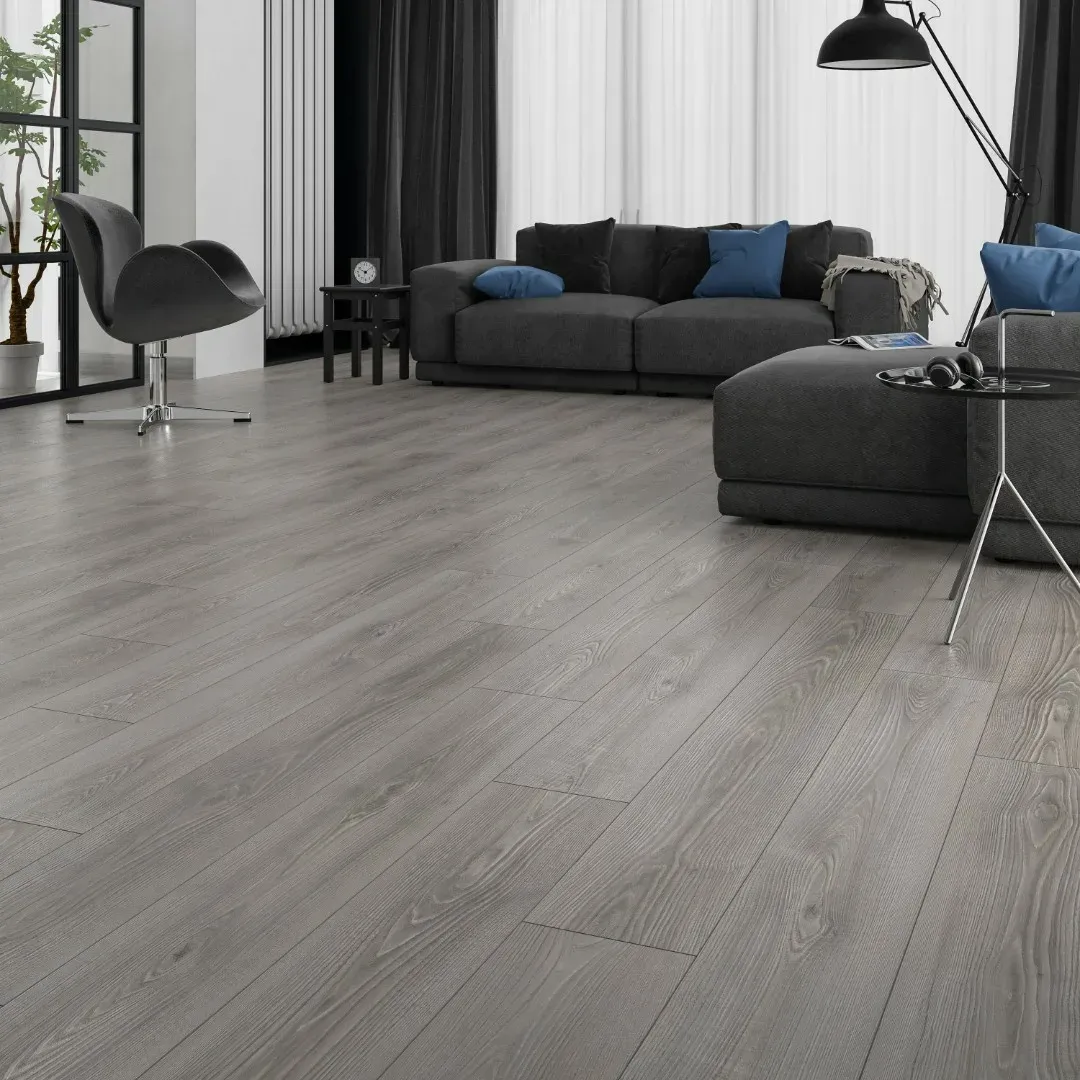difference in flooring types
Understanding the Differences in Flooring Types
When choosing flooring for your home or office, various types of materials are available, each offering unique benefits and aesthetic appeal. Understanding the differences in flooring types can help you make an informed decision that best suits your needs and preferences.
Hardwood Flooring
Hardwood flooring is a classic choice that adds warmth and timeless elegance to any space. It is made from solid wood strips, providing natural beauty and durability. Different species of wood can vary in hardness, grain patterns, and colors, allowing for a wide range of design options. However, hardwood requires regular maintenance, including refinishing and occasional polishing to keep it looking pristine. It is also susceptible to moisture and temperature changes, making it less ideal for kitchens and bathrooms.
Laminate Flooring
Laminate flooring is an affordable alternative to hardwood, constructed from composite wood pressed together at high temperatures, with a photographic layer that mimics the look of wood or stone. This flooring type is highly resistant to scratches, dents, and fading, making it an excellent choice for high-traffic areas. Additionally, laminate is easy to install and maintain. However, it does not have the same feel or longevity as real wood and cannot be refinished once damaged.
Vinyl Flooring
difference in flooring types

Vinyl flooring has gained popularity due to its versatility and water resistance. Available in planks, tiles, or sheets, it can imitate various flooring types, including hardwood and stone. Luxury vinyl planks (LVP) offer a high-end look at a fraction of the cost, and they are soft underfoot, making them comfortable for extended standing. Vinyl is easy to clean and maintain but can be susceptible to gouging and damage from sharp objects.
Ceramic and Porcelain Tile
Tile flooring, whether ceramic or porcelain, is an ideal choice for wet areas like bathrooms and kitchens due to its water-resistant properties. Ceramic tile is versatile, available in numerous colors and patterns, while porcelain is denser and more durable, making it suitable for both indoor and outdoor use. Installation can be labor-intensive, but tiles are long-lasting and easy to clean.
Carpet Flooring
For those who prioritize comfort and warmth, carpet flooring is the way to go. It is available in various styles, fibers, and colors, providing endless design possibilities. Carpet can help insulate a room, reduce noise, and create a cozy atmosphere. However, it requires regular maintenance and can be prone to stains and allergens.
In conclusion, each flooring type has its distinct advantages and disadvantages. Considering factors such as installation, maintenance, durability, and aesthetic appeal will guide you in choosing the best flooring for your space. Assess your lifestyle and preferences to find the perfect fit that harmonizes with your environment.
-
Waterproof Advantages of SPC Flooring Vinyl in KitchensAug.06,2025
-
SPC Hybrid Waterproof Flooring Thickness GuideAug.06,2025
-
Leveling Subfloor Before My Floor SPC InstallAug.06,2025
-
How Mesh Deck Skirting Improves Outdoor Pest ControlAug.06,2025
-
Choosing the Right Commercial Flooring for Your Business NeedsAug.06,2025
-
Choosing the Best Residential Flooring: A Comprehensive Guide to Style, Durability, and ComfortAug.06,2025




